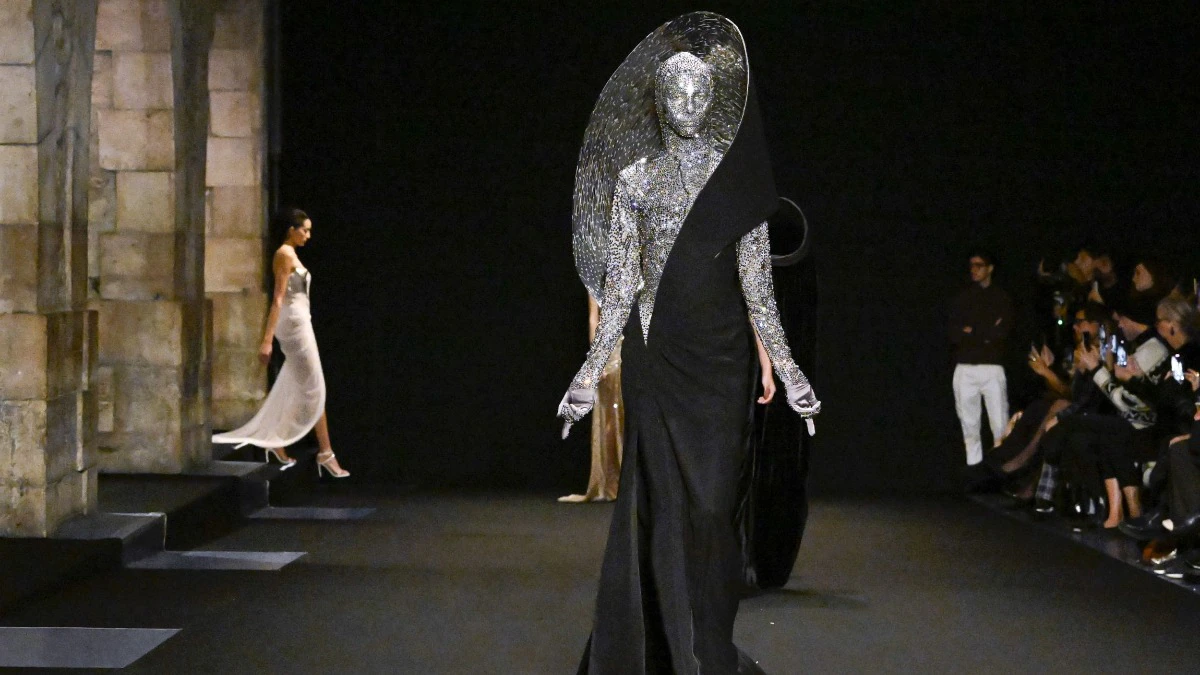Malaysia is a country known for its vibrant culture, rich history, and dynamic diversity. In recent years, this Southeast Asian nation has become a rising star in the global design industry, with a growing number of Malaysian designers making their mark internationally.
Their creative flair, inspired by a blend of cultural influences, coupled with their innovative approach, has earned them recognition on the world stage. In this article, we’ll explore why Malaysian designers have become so famous and the unique qualities that set them apart.
Cultural Diversity as a Catalyst for Creativity
One of the most remarkable aspects of Malaysian design is the deep-rooted cultural diversity that fuels its creativity. Malaysia is a melting pot of ethnicities, including Malay, Chinese, Indian, and indigenous groups, each contributing distinct elements to the nation’s cultural fabric. This rich tapestry of cultures is a powerful source of inspiration for designers, offering a unique blend of styles, patterns, and motifs that are not easily replicated elsewhere.
For example, traditional Malay batik, known for its intricate patterns and vibrant colors, has inspired fashion designers to create stunning contemporary pieces that celebrate Malaysia’s heritage while appealing to modern tastes. Similarly, Chinese and Indian cultural influences are evident in the use of fabrics, embroidery, and other design elements. The result is a dynamic fusion of old and new, East and West, that resonates with global audiences looking for something fresh and authentic.
Innovation and Tradition Hand in Hand
While many designers around the world strive to push the boundaries of creativity, Malaysian designers have mastered the art of balancing innovation with tradition. Rather than discarding their cultural heritage, they have found ways to integrate it into modern design trends, creating a unique aesthetic that feels both timeless and contemporary.
For instance, in the world of fashion, we see Malaysian designers like Bernard Chandran and Melinda Looi drawing upon their heritage to create avant-garde pieces that are bold, unconventional, and globally relevant. Chandran, often referred to as the “Prince of Fashion” in Malaysia, has dressed international celebrities like Lady Gaga and Estelle, blending traditional Malay designs with a futuristic twist. Looi, another renowned designer, is known for her sustainable fashion approach, often using recycled materials and advocating for ethical fashion while still incorporating traditional elements into her work.
This delicate balance of innovation and tradition has allowed Malaysian designers to stand out in the global market, appealing to consumers who are looking for designs that are both forward-thinking and culturally rich.
The Role of Technology and Social Media
The rise of social media platforms like Instagram and TikTok has also played a significant role in propelling Malaysian designers onto the global stage. These platforms have provided a space for designers to showcase their work to a worldwide audience without the need for traditional gatekeepers like fashion magazines or runway shows. By leveraging the power of digital marketing and e-commerce, Malaysian designers have been able to build their brands, attract international clients, and gain a following that spans continents.
Additionally, technology has allowed designers to experiment with new materials, techniques, and design software, pushing the boundaries of what is possible in design. Many Malaysian designers are at the forefront of using sustainable and eco-friendly materials, driven by a growing awareness of environmental issues. This combination of innovation, environmental consciousness, and cultural authenticity makes Malaysian design highly appealing to today’s global consumer.
Government and Institutional Support
Another critical factor in the success of Malaysian designers is the support they receive from the government and various institutions. The Malaysian government has recognized the potential of the creative industries, including fashion, architecture, and graphic design, as key drivers of economic growth. As a result, they have implemented policies and initiatives to support local designers through funding, education, and international exposure.
Programs like Malaysia Fashion Week, which brings together local and international designers, as well as government-led initiatives to promote Malaysian culture abroad, have provided a platform for designers to gain visibility and network with global industry leaders. The Malaysian External Trade Development Corporation (MATRADE) has also played a pivotal role in helping Malaysian designers penetrate international markets, particularly in fashion and lifestyle products.
Breaking Stereotypes and Redefining Asian Design
For many years, Asian designers were often stereotyped or overlooked in the global design industry. However, Malaysian designers, along with their counterparts from other Asian nations, have been challenging these stereotypes and proving that they can compete on an equal footing with designers from Europe and the United States.
Malaysian designers are breaking away from traditional notions of what Asian fashion or design should look like. They are not limited to creating pieces that fit the stereotypical “Asian aesthetic.” Instead, they are redefining what it means to be a designer from Asia by producing work that is globally relevant, cutting-edge, and reflective of their unique identity. Whether through minimalist architecture, futuristic fashion, or bold graphic design, Malaysian creatives are showing that they can innovate while still maintaining a sense of cultural pride.
A Growing Influence on the Global Stage
The success of Malaysian designers on the international stage is not just a trend—it’s part of a larger movement where Southeast Asian design is gaining more recognition and respect. As more fashion weeks and design fairs highlight talent from this region, the world is taking notice of the creative powerhouses coming out of Malaysia. This growing influence is not limited to fashion alone; it extends to various design sectors, including interior design, product design, and digital media.
Designers like Joe Chia, known for his minimalist and androgynous designs, have been celebrated in Paris Fashion Week, while the architectural firm Hijjas Kasturi Associates has been involved in designing iconic buildings that blend traditional Malaysian elements with modern architecture. Their work is not only recognized for its beauty and innovation but also for the stories it tells about Malaysia’s place in the world.
Conclusion
The rise of Malaysian designers on the global stage is a testament to their unique ability to blend tradition with innovation, harness the power of technology, and draw inspiration from the country’s diverse cultural heritage. Supported by government initiatives, a growing digital presence, and an increasing demand for sustainable and culturally authentic design, these designers are making waves internationally. As Malaysia continues to develop as a hub for creativity, there’s no doubt that its designers will continue to shape and influence global trends for years to come.










